Parking & mobility
In this section, you’ll find tips on parking and getting around Barcelona by car or bike. We’ll share the best parking spots, key city rules, and other useful info to help make your travels around town easy and hassle-free.
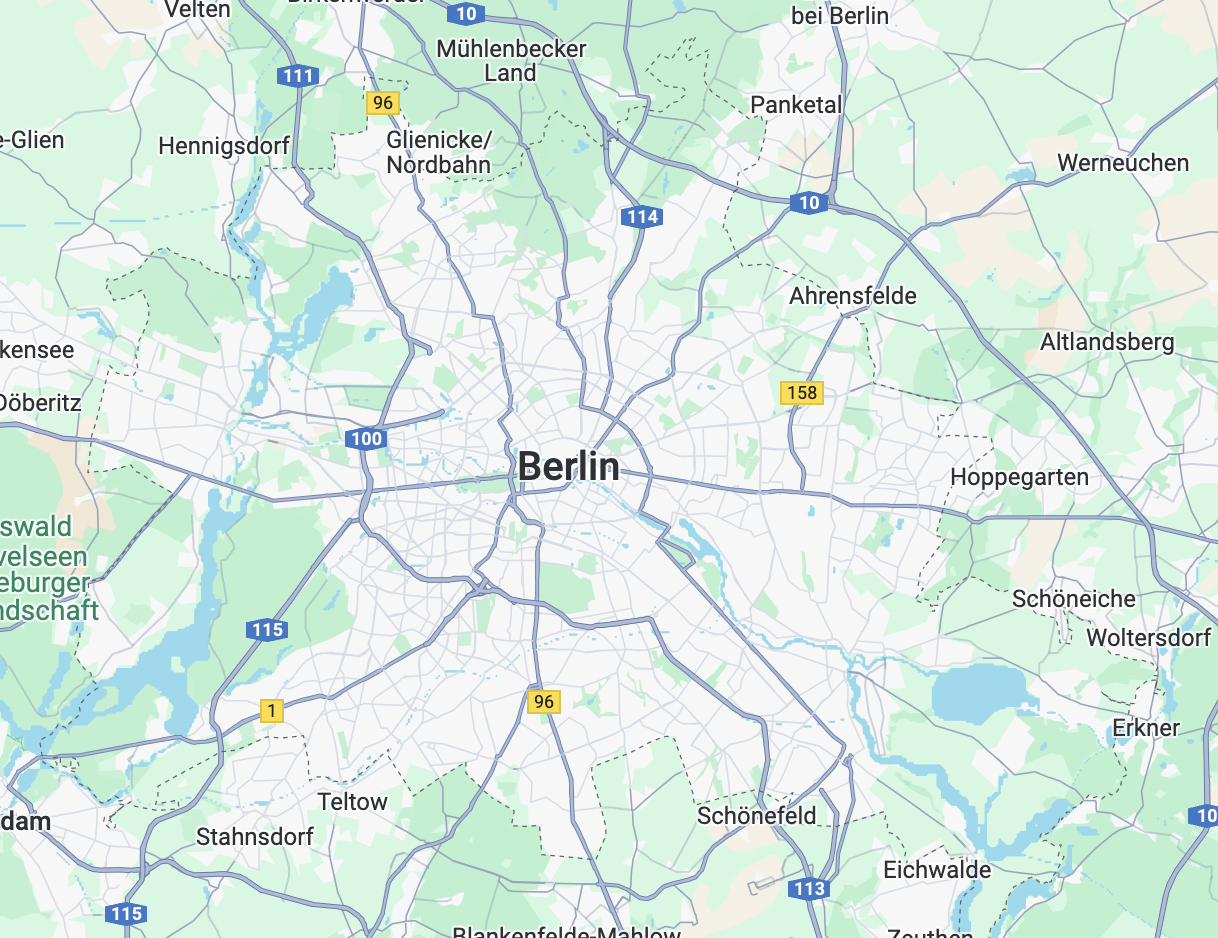
Car driving in Berlin
If you’re bringing your car or scooter to Berlin, parking in residential areas can be tricky. But don’t worry, we’ve got you covered! Use our public parking map to find nearby spots and enjoy the city stress-free. Here are some of our tips :
Parking zones
Parking Zones: Berlin’s streets are divided into different parking zones, marked with clear signs. Some areas are designated for short-term paid parking, while others may require a resident permit. Always check the signage for restrictions.
Public parking lots
For secure and long-term parking, use underground or multi-story parking garages. They’re often conveniently located near major landmarks or metro stations. We collaborate with Parclick a helpful tool for finding the best parking spots in the city. Discover the exclusive deal you get here Ukio Parclick
Time limits
Many street parking zones have strict time limits, so be sure to check the meter or posted signs to avoid fines.
Driving in Berlin
Berlin’s Umweltzone (low-emission zone) covers much of the city center and is designed to reduce air pollution. Only vehicles with a valid green emissions sticker (Umweltplakette) are allowed to enter this zone. Public transport is highly efficient and well-connected, making it easy to explore the city without a car. Alternatives like bike-sharing services (e.g., Nextbike) and car-sharing options (e.g., Share Now) provide convenient and eco-friendly ways to get around. Learn more here.
Motorbiking in Berlin
While motorbiking in Berlin is not as common as in cities like Barcelona, it remains a viable option for getting around, especially during warmer months. Here’s what you need to know:
Parking rules
Parking for motorbikes in Berlin is generally more flexible than for cars. While some designated parking spots are free, others may require payment, especially in central areas. Always check local signs for restrictions and fees. Find more info here.
Driving rules
Helmets are mandatory, and reflective gear is recommended, especially at night. Find more info here.
Fuel stations
Fuel Stations: Gas stations are widely available across Berlin and often include electric charging points for e-scooters. Apps like Tank & Rast or Shell Recharge can help you locate the nearest station.
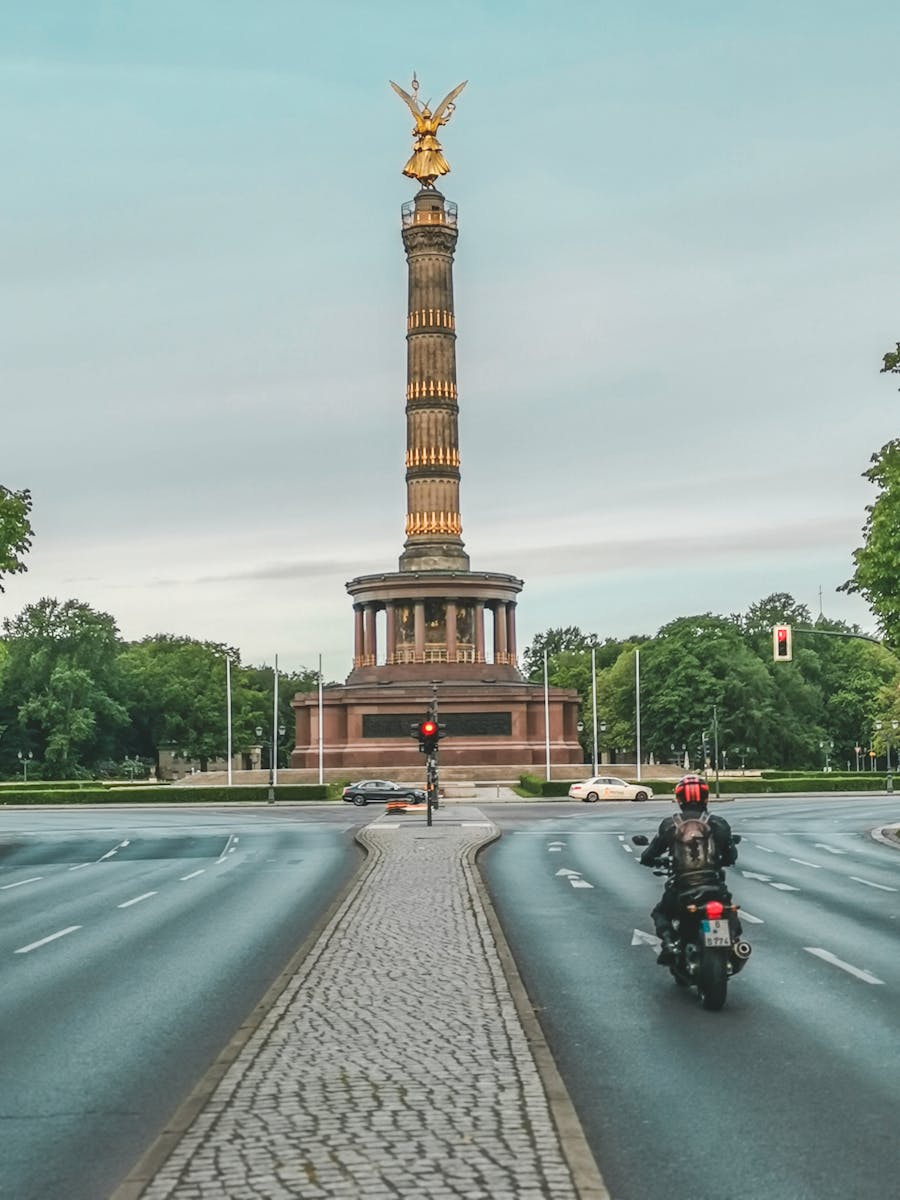
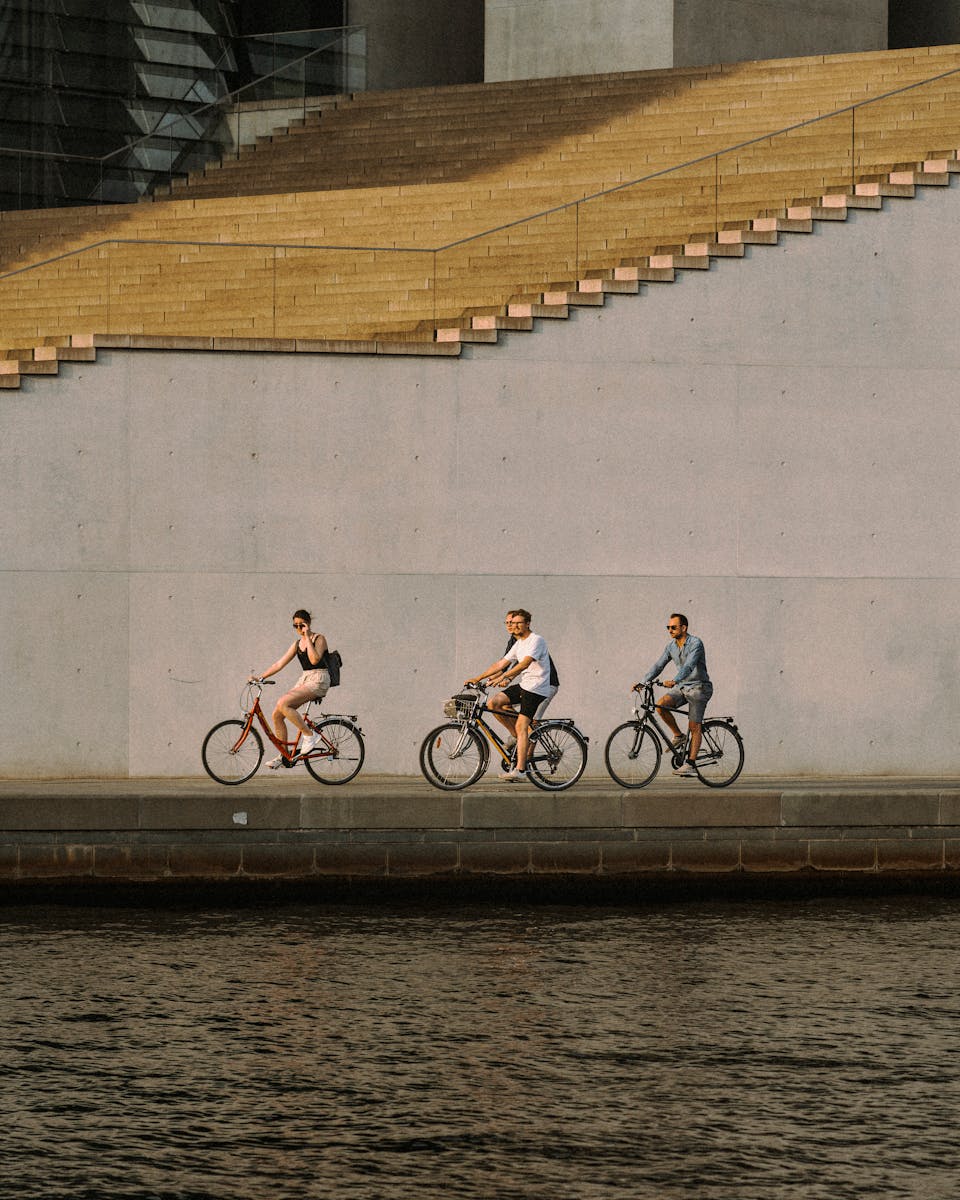
Cycling in Berlin
At Ukio, we believe biking is a fantastic way to explore Berlin while staying eco-friendly! Berlin boasts a well-connected network of bike lanes and cycling paths, making it easy to get around the city on two wheels.
Safety rules
Helmets are not mandatory but are highly recommended for your safety. Front and rear lights are required by law when cycling at night, and reflective gear is always a good idea.
Parking rules
Secure your bike with a sturdy lock at designated bike racks or parking areas to prevent theft.
Bike lane logic
Berlin’s bike lanes are often shared with pedestrians or located on roads. Always follow traffic signals, yield to pedestrians, and signal your turns.
Rental options
Berlin offers great bike rental services, including the popular Nextbike for convenient bike-sharing and Berlin on Bike for quality rentals and guided tours.
Taxis & Rideshare in Berlin
Reliable taxis and rideshare options like Free Now, Uber, and Bolt make exploring Berlin convenient, flexible, and stress-free.
Rates
Rides within the city center typically cost €10–€20, depending on the distance and time of day. Trips to or from Berlin Brandenburg Airport (BER) usually range from €40–€55. Tipping isn’t mandatory but is appreciated for excellent service.
Accessibility
Most taxi drivers speak basic English, but having your destination written down or using a map app to show the address can be helpful.
Apps and online booking
Simplify your travel in Berlin by booking, paying, and tracking taxis through these popular apps:
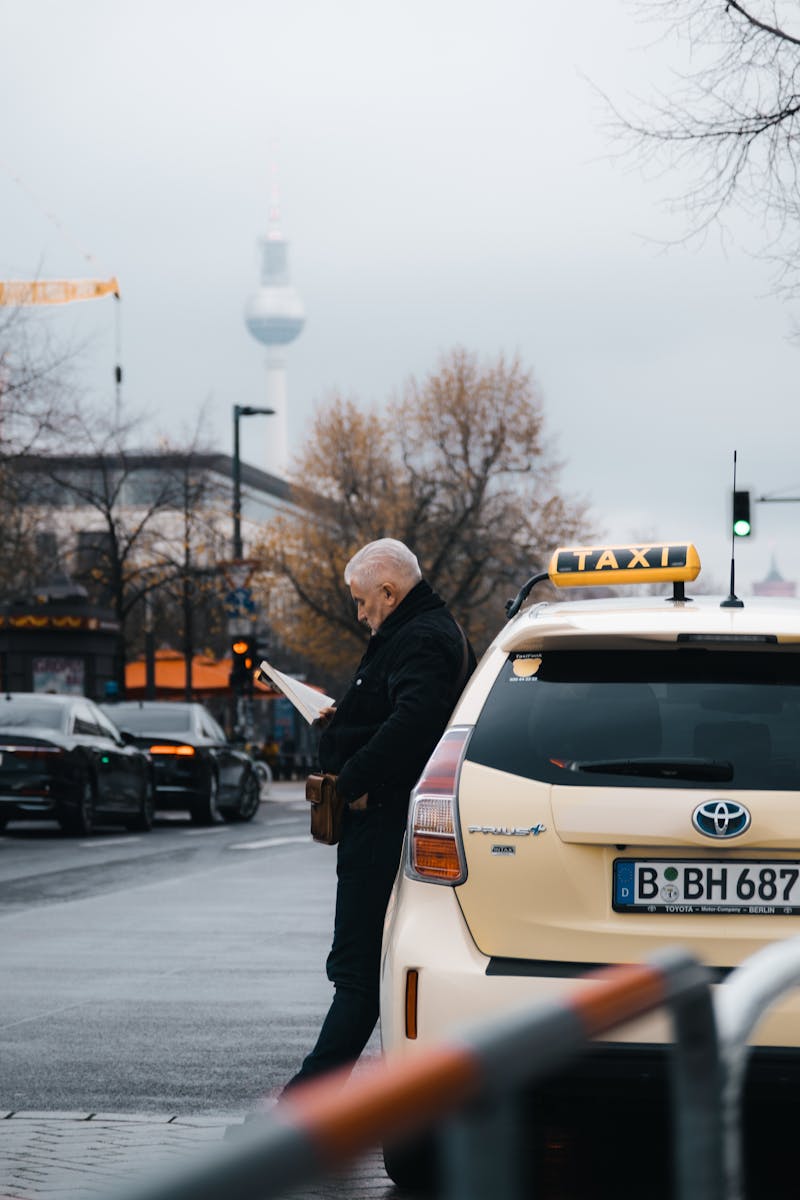
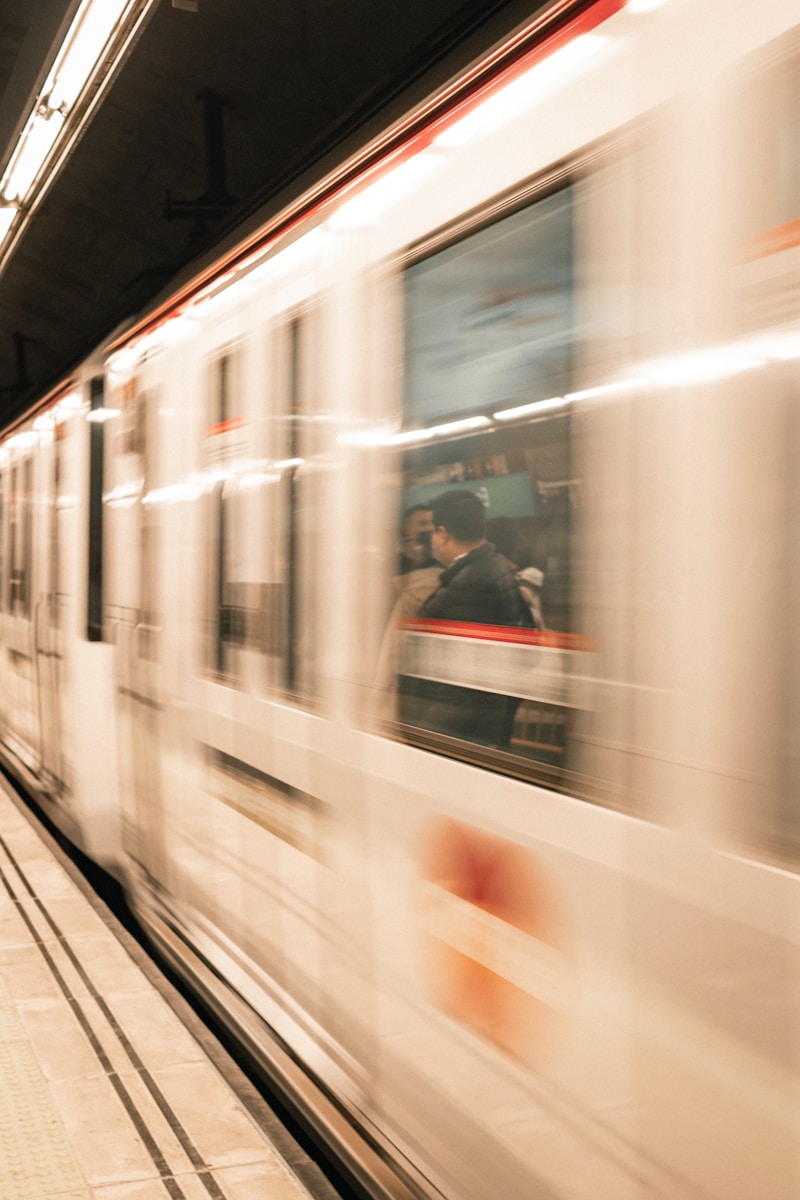
Public transport in Berlin
Barcelona’s public transport system is efficient, easy to use, and perfect for exploring the city. Here’s what you need to know:
Metro
U-Bahn (Metro): Covers much of the city center and is one of the fastest ways to get around. Operates daily from around 4:00 AM to 1:00 AM, with some lines running 24/7 on weekends.
Urban train
S-Bahn (Urban Trains): Connects the city center with surrounding areas and runs frequently. Operates from around 4:30 AM to 1:30 AM on weekdays, with 24-hour service on weekends.
Bus
Complement the S-Bahn and U-Bahn networks, especially in areas not served by trains. Night buses operate after the U-Bahn closes.
Tram
Common in the eastern parts of Berlin, trams are an efficient and scenic way to travel.
Transportation in Berlin
Berlin offers an extensive and efficient public transportation system, including buses, U-Bahn, S-Bahn, and trams. Tickets can be purchased at stations or via the BVG app. With various fare options to suit your needs, Berlin’s network makes getting around easy. For more details, visit the BVG website. Here are some key ticket options:
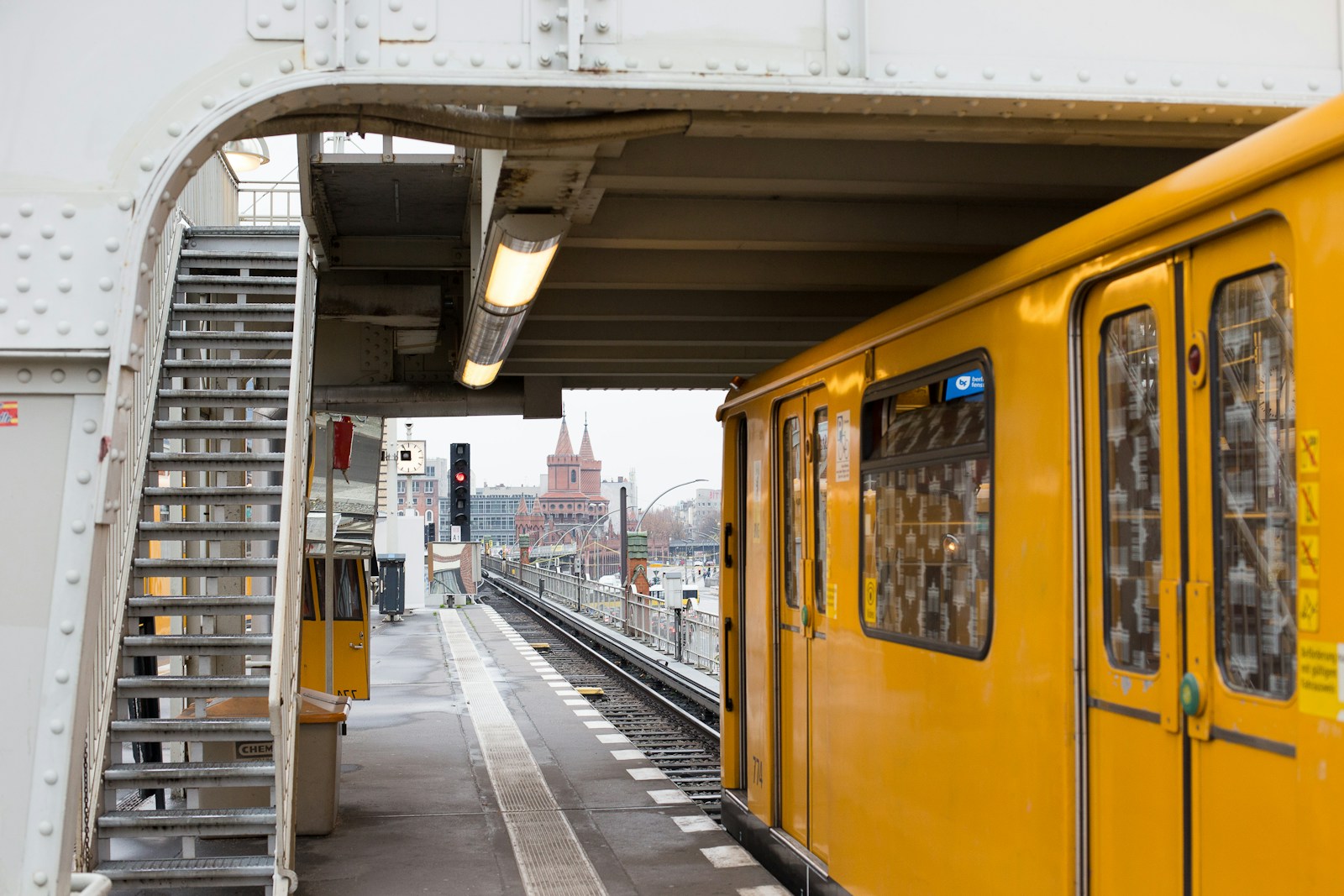
Single ticket
≃ €3.80 (AB zones)
- Called Einzelfahrschein
- Valid for the bus, tram or metro
- Valid for 120 minutes in one direction
- Transfers: Allowed within the time limit.
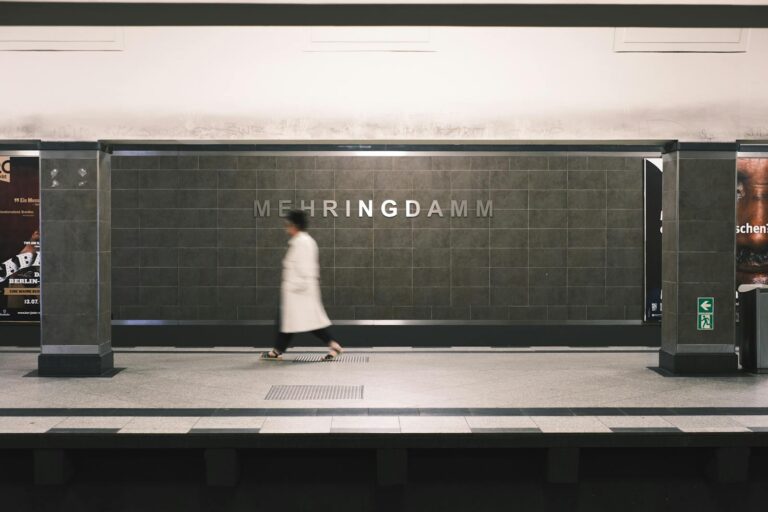
Day Ticket
≃ €10.60 (AB zones)
- Called 24-Stunden-Karte
- Individual travel card
- Unlimited travel until 3:00 AM the following day.
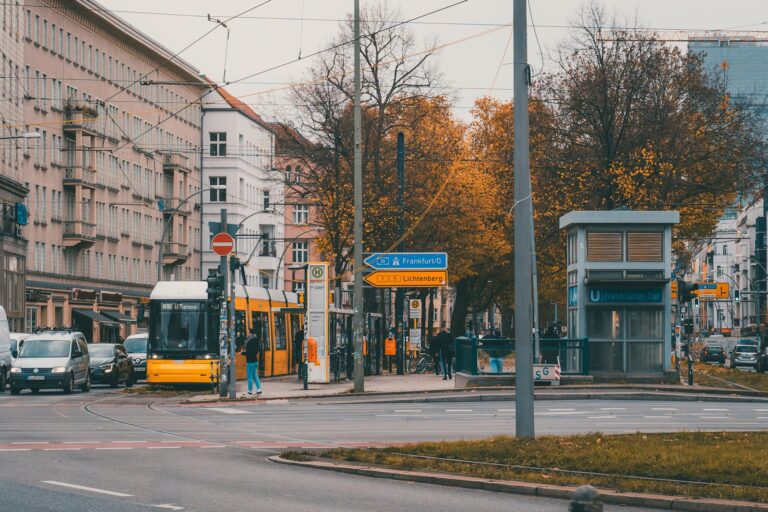
Weekly Ticket
≃ €44.60 (AB zones)
- Called 7-Tage-Karte
- Unlimited trips for 7 consecutive days.
- Transferable
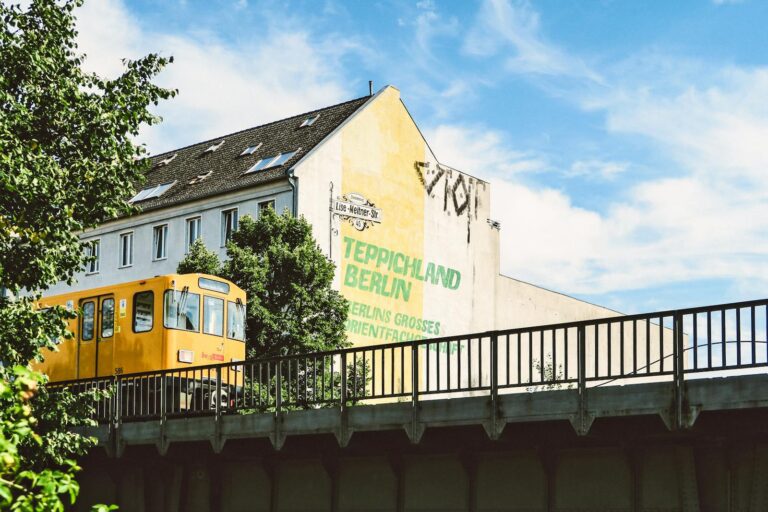
WelcomeCard
≃ €26,00 (AB zones)
- Unlimited travel for 48 hours to 6 days
- Discounts on attractions
Key contacts
We’re always happy to help! Feel free to reach out to our Guest Experience team anytime.